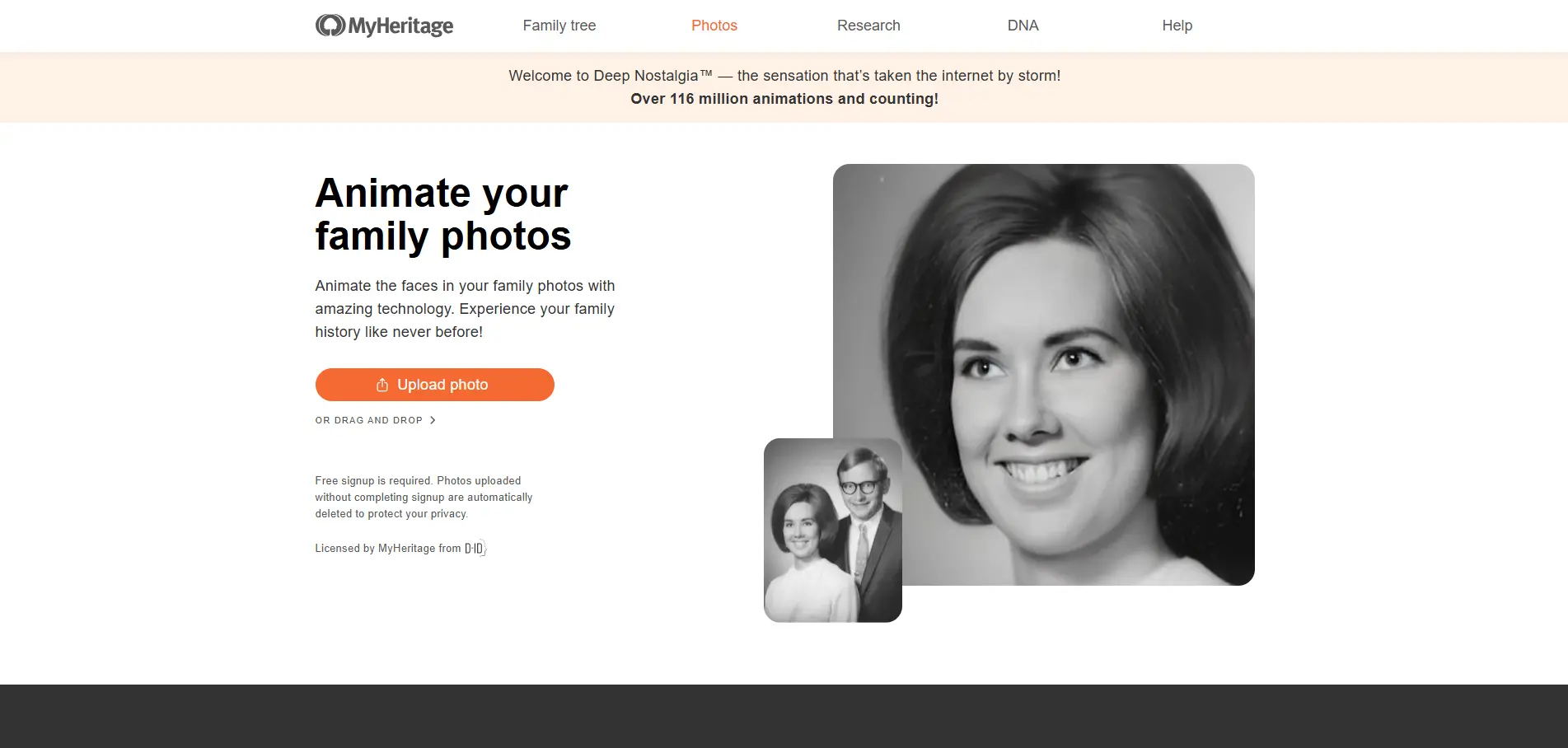When I first heard about deepfake technology, I was both excited and skeptical. The idea of swapping faces in videos, animating old photos, or even cloning voices with AI sounded fascinating yet a bit eerie.
So, I decided to dive in and test some of the most talked-about deepfake AI tools myself. What I discovered was a mix of impressive innovation and a few challenges along the way.
But here’s a curious fact: Did you know that deepfake technology was initially developed for research purposes rather than entertainment? Over time, it gained popularity among content creators, sparking debates on ethics and misinformation.
This is why, alongside these powerful AI tools, deepfake detection software has also emerged as an essential safeguard against misuse.
If you're curious about deepfake AI tools, here’s a list of the best deepfake software that I personally tried and my thoughts on each.
Best deepfake AI tools you only need
1. DeepFaceLab

DeepFaceLab is one of the most powerful deepfake software options out there, but it does come with a steep learning curve. When I tried it, I was amazed by its advanced facial swapping capabilities, though it took me some time to get used to the interface.
Key Features:
- Supports high-resolution face swapping
- Uses AI models for realistic expressions
- Compatible with powerful GPUs for faster processing
My Experience: If you're a professional video editor or an AI enthusiast who loves customization, this is the best tool. But for beginners, it might take some patience.
2. D-ID

D-ID is a deepfake AI tool that specializes in animating faces in still images, bringing them to life in a natural and realistic way. It is widely used for creating talking head videos.
Key Features:
- AI-driven facial animation
- Works with still photos and voice input
- Easy integration for businesses and developers
My Experience: This tool is perfect if you want to create realistic talking head animations with minimal effort. The results are quite stunning.
3. FaceSwap

FaceSwap is an open-source tool, and I appreciate that it’s free and community-driven. It took some tweaking, but once I got the hang of it, the results were pretty impressive.
Key Features:
- Open-source and free to use
- Simple UI for easy operation
- AI-powered face blending for better accuracy
My Experience: A great option for those who prefer free software and don’t mind a bit of a learning curve.
4. Deep Nostalgia

Deep Nostalgia, by MyHeritage, was a tool that I found quite emotional to use. Animating old family photos and seeing my ancestors “come to life” gave me chills.
Key Features:
- AI-based photo animation
- Easy-to-use online tool
- Perfect for reviving old memories
My Experience: If you love history and nostalgia, this tool is a must-try.
5. Reface

Reface is by far the most fun deepfake app I tested. Swapping faces in GIFs and memes was hilarious, and the AI animations were surprisingly smooth.
Key Features:
- Instant face swaps
- Vast library of videos and GIFs
- AI-powered facial animations
My Experience: A must-have for social media users who enjoy meme culture and want quick, entertaining deepfakes.
The Need for Deepfake Detection Software
While testing these deepfake tools, I quickly realized how easy it is to manipulate videos and images.
That’s why deepfake detection software like Microsoft’s Video Authenticator, Deepware Scanner, and Sentinel AI is crucial in identifying manipulated content and ensuring authenticity.
If you're using deepfake tools, it's always a good idea to be responsible and ensure that your content is used ethically.
Final Thoughts
After testing these tools, I can confidently say that deepfake AI technology is both exciting and a bit concerning.
The best deepfake software today is capable of creating mind-blowing results, but with great power comes great responsibility. Whether you’re a video creator, an AI enthusiast, or just someone looking to have fun, there’s a deepfake tool for you.
However, always remember to use this technology responsibly and be aware of the importance of deepfake detection software to combat unethical usage.
Have you tried any of these deepfake tools? Let me know what you think in the comments!
